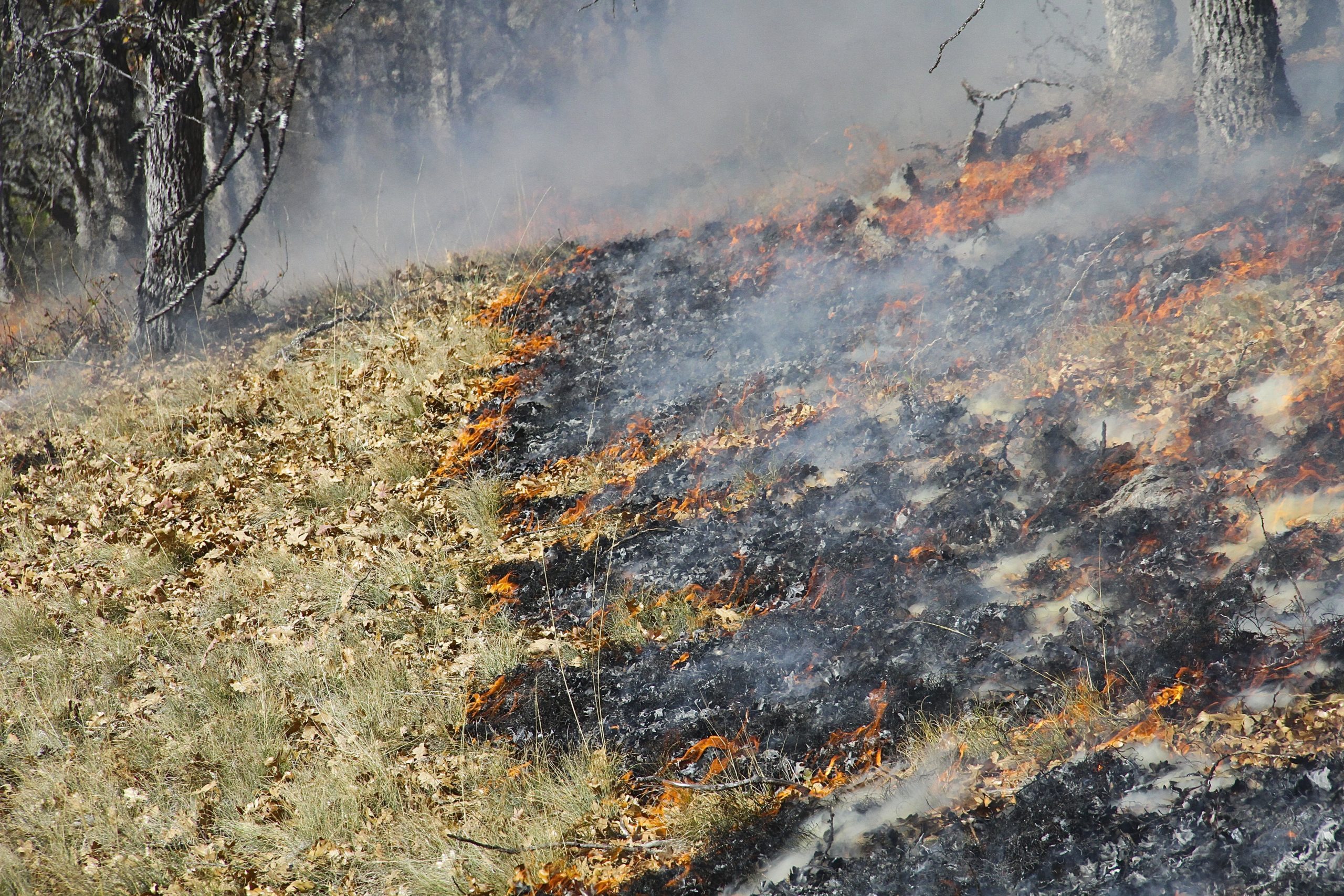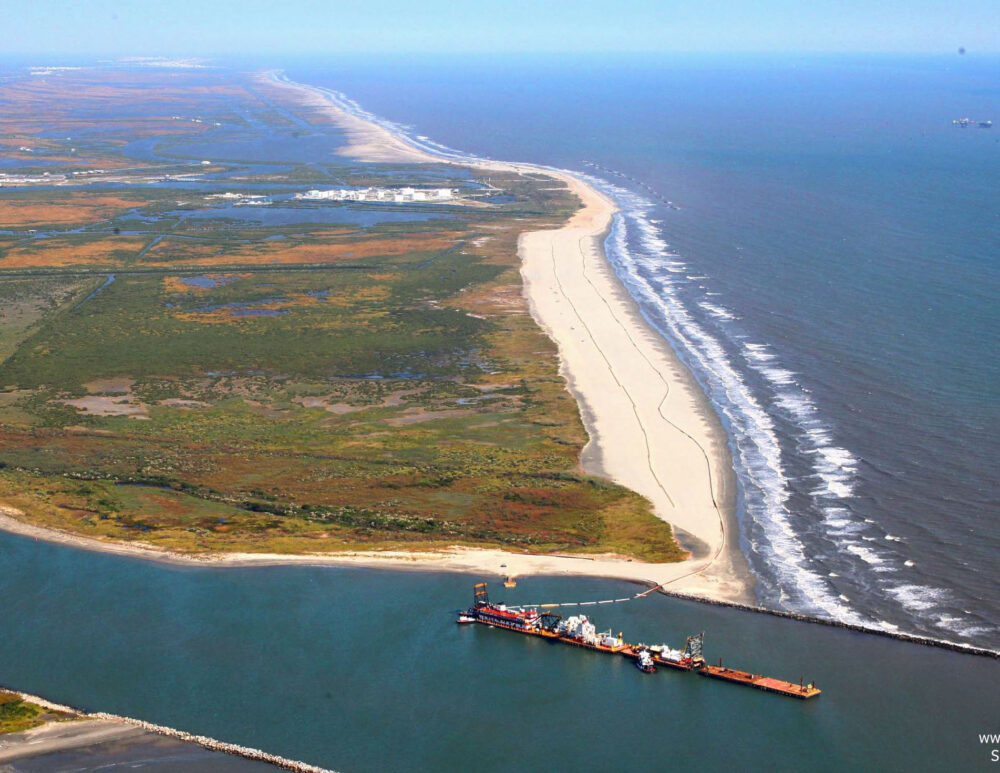We have much more to do and your continued support is needed now more than ever.
State of the Birds Report Underscores Important Successes of Conservation Legislation

The birds are not alright.
North America has lost 3 billion breeding birds since 1970 — a loss of nearly 1 in 4, according to the 2022 State of the Birds report. The report found that destabilizing ecosystems, extreme weather events, and anthropogenic effects have contributed to drastic declines in nearly every bird habitat across America.
The Recovering America’s Wildlife Act (RAWA) passed the House in June, but did not make it on the final omnibus bill needed for it to pass in 2022. But the fight for comprehensive wildlife legislation is not over.

“Wildlife can’t speak for themselves, so we have to speak for wildlife. We have to make a lot of noise to make sure this gets done,” said Collin O’Mara, CEO and president of the National Wildlife Federation, at a virtual rally in support of the bill on Tuesday, Nov. 15.
Federal wildlife protections could not come soon enough for birds.
According to the State of the Birds report, released in October, birds across every habitat in the country —with the exception of waterfowl— are seeing worrying population declines. Grassland birds, ranging from the Midwest to the eastern Cascades, are suffering the greatest: their populations are down 34% since 1970. Forest birds found across Washington and Oregon are down 5%.
In the Pacific Northwest, one of the major factors contributing to the birds’ decline is habitat loss driven by human expansion, according to Dr. John Marzluff, a professor of wildlife science at the University of Washington who studies how humans affect birds.
“We’ve seen changes in western Washington, for sure,” said Marzluff. “But eastern Washington [has seen] even greater change because of all the agriculture. And agriculture has basically obliterated sage and other shrub steppe environment and native grassland environment. Those are the habitats that are really at risk worldwide.”

Both grassland and forest birds are also suffering from changes to their historic fire regimes.
Before settlers arrived to the Pacific Northwest, Native American communities stewarded western forests by setting controlled burns, which cleared away underbrush and made space for new growth. In the eastern prairies, both Indigenous-managed and natural fires recycled nutrients and supported the base of a vast grassland ecosystem. More than a century later, decades of state and federal fire suppression tactics have decimated the regions’ historical biodiversity, resulting in larger and less controllable wildfires.
Funding Indigenous conservation work is an important tenet of RAWA, and according to O’Mara, part of what would have made the bill so different from previous conservation legislation. Annually, the act would invest more than $97 million in conservation efforts led by Tribal Nations.
“[We are] really making sure that these kinds of dollars are trying to, no pun intended, reignite — maybe there is a pun intended — reignite Indigenous burning practices,” said Dr. John Alexander, the executive director of the Oregon-based Klamath Bird Observatory.
While wildlife legislation throughout the 20th century has made notable strides to protect game animals, federal legislation still gives undue weight to land management strategies that historically benefitted hunters.
The North American Model of Wildlife Conservation, a set of principles that have governed U.S. and Canadian wildlife management policies since 1902, was constructed around the idea that hunters should help pay for the conservation of game animals such as deer, elk, bears, sheep, and a variety of duck species.
Growing from this model, the Duck Stamp Act has generated over $1.1 billion and set aside more than 6 million acres of land for inclusion in the National Wildlife Refuge System, according to the U.S. Fish and Wildlife Service. Signed in 1934, the act mandates that each waterfowl hunter must buy and carry a Migratory Bird Hunting and Conservation Stamp every year.
The decades of attention on waterfowl — bolstered in 1989 with the passage of the North American Wetlands Conservation Act (NAWCA), which has funded over 3,000 conservation projects across the continent — is reflected in the State of the Birds Report. Diving and dabbling ducks have experienced an average increase of 34%, and geese and swans a staggering 1076%, due in large part to their adaptability to urban and agricultural landscapes.

Despite the successes with waterfowl, the North American model only provides a funding pathway to conserve game animals. Without federal resources, state and Tribal governments struggle to create funding mechanisms focused on protecting a wide range of nongame wildlife species such as bats, coyotes, frogs, armadillos, and a variety of songbirds.
RAWA would change that, creating a Congressional fund dedicated to disbursing conservation aid to state agencies and Tribal governments. That money would make its way down to regional and local conservation organizations who design projects that benefit imperiled species and their habitats.
“We know that birds are like the canary in the coal mine, right?” asked Alexander, a member of the North American Bird Conservation Initiative, the organization that publishes the State of the Bird reports. “Each bird is like its own measuring stick, telling us something about the ecosystem. When we put them all together, to paint a broader picture of what the ecosystems look like, birds really come out strong [in] a cost effective way as indicators of things that are important.”
Conservation monitoring through bird ecology is efficient and financially viable. As integral indicator species, birds are well-suited to help scientists monitor not only changes in the environment but also gauge the effectiveness of restoration projects. Survey methods that monitor hundreds of birds at a time produce large datasets, with which scientists can analyze ecosystem-wide trends.
But meaningful conservation requires more than federal legislation, and saving the birds will take interstate collaboration from wildlife protection groups, scientists, and the public. Measures like installing bird-safe windows, planting native plants, and keeping house cats indoors all help birds thrive in a world shared with human communities.
“Reward people for doing those sorts of things. That would be a great complement to the laws that we need to stop over harvest or overuse of resources,” said Marzluff.
Despite broad bipartisan support, proponents were not able to agree on the bill’s funding source in 2022. Birds and other wildlife need federal protections like those provided in Recovering America’s Wildlife Act, so the push for a similar bill is not over.
“If you look at any culture in history, or now around the world; if you look at their dollars, if you look at their government buildings, if you look at their churches or other places of worship, birds are decorating all of those kinds of things,” said Alexander, from the Klamath Bird Observatory. “We’ve always looked up to birds, and for a reason.”
Sarah Kahle is a journalism and geology student and staff writer for the University of Washington’s student newspaper, The Daily.




















